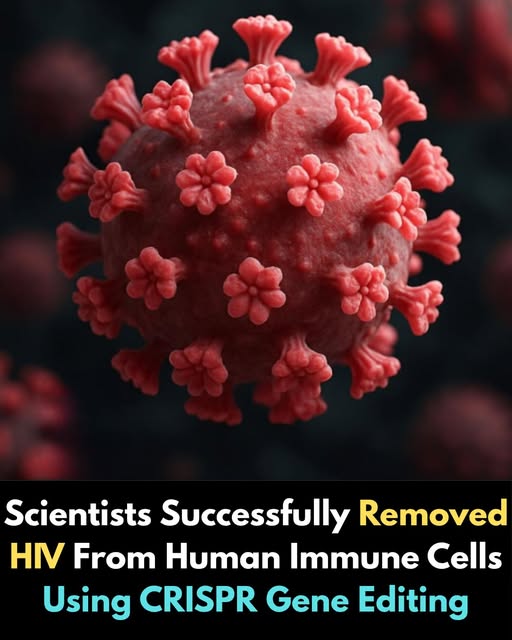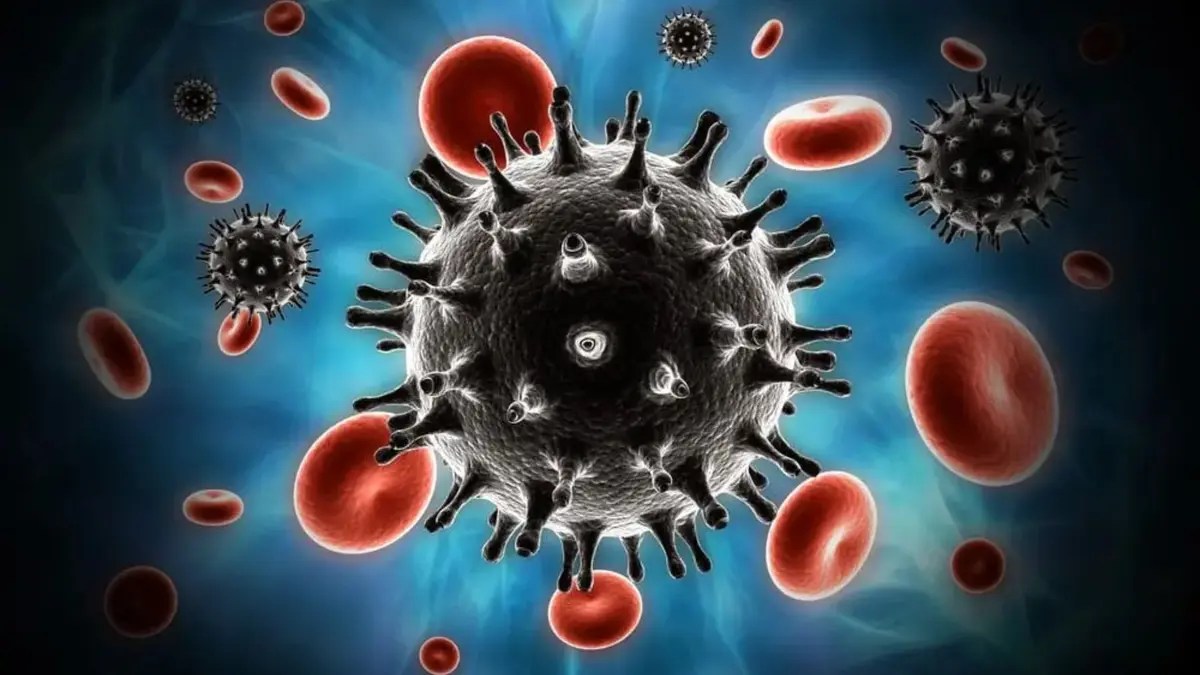
Human immunodeficiency virus, or HIV, is a virus that attacks the body’s immune system and it can lead to acquired immunodeficiency syndrome (AIDS).
Currently, while there is no cure for HIV infection, it has become a controllable chronic condition thanks to access to prevention and diagnosis. According to WHO data, more than 600,000 people died from HIV-related causes in 2022, with an additional 1.3 million people getting infected.
Four years ago, Emmanuelle Charpentier and Jennifer Doudna were awarded the Nobel Prize in Chemistry 2020 for discovering one of gene technology’s sharpest tools: the CRISPR/Cas9 genetic scissors; which can be used to change the DNA of animals or even microorganisms with very high precision.
It eases the deletion of unwanted genes or the introduction of new genetic material into an organism’s cells, and in that way, it can contribute to, for example, cancer therapies or in cases of curing inherited diseases.
When it comes to the challenges in treatment the main issue is the virus’s ability to integrate its genome into the host’s DNA, which made the virus difficult to eliminate until now.

Sharpness of hope, but not a cure anytime soon
This new research, led by Dr. Elena Herrera-Carrillo and part of her team (Yuanling Bao, Zhenghao Yu, and Pascal Kroon) at Amsterdam UMC, Netherlands, and shared before this year’s European Congress of Clinical Microbiology and Infectious Diseases (Barcelona, 27-30 April), presents a significant leap in the search for an HIV cure.
The authors explained that the CRISPR-Cas genome editing tool provides a new means to target HIV DNA. They aim to develop a robust and safe combinatorial CRISPR-Cas regimen, striving for an inclusive ‘HIV cure for all’ that can inactivate diverse HIV strains across various cellular contexts. In this case, it is necessary to add that HIV can infect different types of cells and tissues in the body, so they searched for a way to target HIV in all of these situations.
Their focus was on parts of the virus genome that stay the same across all known HIV strains and cure HIV-infected T cells. This approach aims to provide a comprehensive therapy able to fight multiple HIV variants effectively.
Why T-cells?
T-cells are part of the immune system and develop from stem cells in the bone marrow. According to previous studies, when HIV enters T-helper cells or CD4 cells, the immune system can’t find and destroy it. It then makes copies of itself, leading to the death of CD4 cells.
Even though they dealt with logistic difficulties, and the challenge of targeting HIV reservoir cells that became active again when HIV antiretroviral treatment was halted, the team was able to target those hidden HIV reservoir cells thanks to experimentation with different techniques. The use of the CRISPR-Cas technique helped them to eliminate HIV from infected cells. This is of particular significance as medications cannot eliminate the virus, hinting at a hopeful future.
“We have developed an efficient combinatorial CRISPR-attack on the HIV virus in various cells and the locations where it can be hidden in reservoirs, and demonstrated that therapeutics can be specifically delivered to the cells of interest. These findings represent a pivotal advancement towards designing a cure strategy.” the scientists noted.
CURE strategy and clinical applications to cure HIV
Their next steps involve optimizing the delivery route to target the majority of the HIV reservoir cells. The team revealed that they would combine the CRISPR therapeutics and receptor-targeting reagents and move to preclinical models to study in detail the efficacy and safety aspects of a combined cure strategy.
RECOMMENDED ARTICLES
“This strategy is to make this system as safe as possible for future clinical applications. We hope to achieve the right balance between efficacy and safety of this CURE strategy. Only then can we consider clinical trials of ‘cure’ in humans to disable the HIV reservoir. While these preliminary findings are very encouraging, it is premature to declare that there is a functional HIV cure on the horizon,” the researchers concluded.


